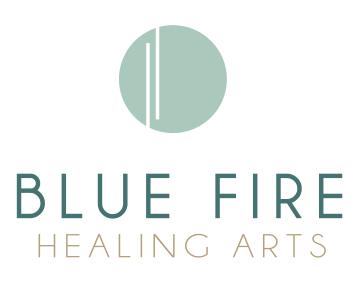Gua Sha
Gua sha is a traditional healing technique used for thousands of years, and is still a part of formal Chinese Medicine training today. Gua sha alleviates pain, congestion and toxins in the muscle tissues, and this simple technique is gradually becoming more well-known in the West as its benefits are rediscovered and appreciated.
Gua Sha uses a round edged tool to firmly stroke areas of soreness in the body, breaking up congestion in the muscles and tendons. It is a versatile and effective technique to treat all kinds of persistent muscle pain and tension including headaches, neck, shoulder, back and hip pain, and even plantar fasciitis.
Stubborn muscle pain or aches are diagnosed as “stagnation” in Chinese Medicine terms. Gua sha and cupping are both indicated for resolving issues related to congestion and stagnation by opening up superficial vessels so the area can drain and fresh circulation can occur, often reducing pain very quickly.
Gua sha is an excellent technique for focusing on chronic or acute muscle knots, especially stubborn ones that just seem to snap back into tension even after a regular massage.

Expect some colorful results on the treated areas, as gua sha draws out a temporary discoloration called sha, which is the superficial vessels flushing out the stagnated blood and fluids.
This discoloration goes away in a few days as normal circulation clears out the area and brings fresh blood flow. Sha is not the same thing as a bruise since the tissues are not injured but are releasing toxins, fluids and heat to the surface.
Often people experience soreness and an increase in warmth and flexibility after a gua sha treatment, and it is recommended to avoid physical exertion and exposure to extreme temperatures and direct sun.
This research study shows that gua sha increases microcirculation at the surface of the body for healing purposes, and is not causing bruising or tissue damage.
I have personally seen and experienced wonderful results with gua sha in my massage and acupuncture practice. Clients often feel immediate relief from stubborn pain and tension and it is often plays an important role in injury recovery.

